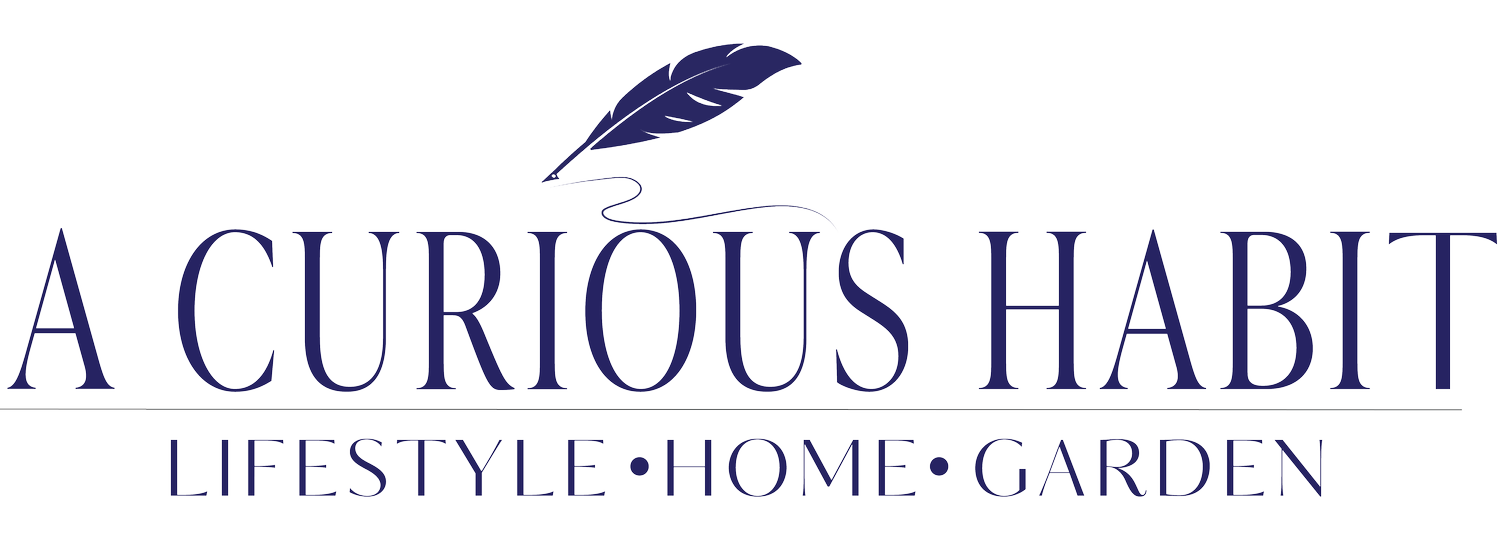The Land that Raised Me
Our farm house
This month’s Southern Living Magazine features Jennifer Garner on its cover. The story behind the feature is as beautiful and real as Jennifer herself. The article describes how Jennifer has bought her mother’s family farm in Locust Grove, Oklahoma. She is revitalizing the land with new crops, and has partnered with Once Upon a Farm to develop all-natural kid foods. She's growing things like blueberries and persimmons, and the now-ubiquitous kale, at Locust Grove, with her first harvest scheduled for next spring.
What’s even more moving is the note tucked in behind the feature, titled "The Land that Raised Me," penned by Patricia English Garner, Jennifer’s 80-year-old mother, who was raised on the Oklahoma property. Maybe "moving” isn’t the right word. It’s a brief oral history, and mainly Mrs. Garner doesn’t reminisce as much as share facts. Hers was a childhood of hard realities: The Great Depression was in full swing and work was scarce. There was no electricity at the farm, and certainly no indoor plumbing or running water.
Happier memories include - oh joy! - the land was rich, and arable, and there was always a garden. A list of vegetables follows, as does a list of animals raised for meat. These were things to be celebrated. Pecan trees were a source of extra money, and also a treat. She had siblings, one of which still lives on the farm, and they remember great freedom and simplicity there as well.
It strikes me that Patricia Garner’s memories of girlhood aren’t terribly frilly. Farm life was hard, clearly, and yet, she is connected to the land upon which she was raised in a visceral way. She never says it in her article, but the title says it all: that Oklahoma farmland formed the woman that little Patricia English would become.
After I read Mrs. Garner’s article, I naturally looked at my own girlhood in a new light. Did the place I grew up shape who I have become? Lordy, yes, and I don’t know why I hasn’t struck me before.
I was raised in a subdivision, but we had a big lot; maybe an acre or so. Behind us was a “right of way,” which was a mystery to me, as it was big and open and available for our use but did not belong to us. The subdivision on the other side of it might as well have been Mars. I did all my living on that flat acre lot in Baton Rouge, Louisiana. And, boy, did I live.
I swung high and often. I cartwheeled and back-flipped in fat-bladed, itchy St. Augustine grass. I hit and pitched and skated and hop-scotched. I mastered the bicycle and the Green Machine, pedaling furiously and peeling into a 180 at the end of the driveway, just in the nick of time. I mowed, in circles, preferring not to use the reverse gear, singing loud; happy and oblivious.
Like Patricia Garner’s family, we always had a huge garden. My dad is a Horticulturist. He worked in the Ag department at LSU, and in his free time, he worked in our garden. When I was about 8 or 9, Dad built us a huge compost bin out of split rail. I assumed everyone had one. Compost and manure were household words in the Cannon home. We picked up bagged leaves people set out for trash to dump in there. I thought nothing of it. I shelled and shucked and snapped whatever was in season, on our porch swing, with my family. I was a tomboy, so a had a whole nother world available to me, right in our own back yard.
Our land wasn’t farmland, but it sure did raise me.
I hope to give that gift to Easton, with our new place. We bought a farmette this summer, with an old house and some property, a barn and a pasture, with corn and soybeans surrounding it. It has already changed us, and we aren't even a legitimate farm.
In June, we ran outside at dusk to witness the surprise of a million fireflies lighting up the beans (lightnin' bugs if you’re south of, well, here.) In July, we watched fireworks in three different towns from our front porch, and in August we bought tractor and a commercial mower. On Labor Day, 25 kids camped out in our pasture. Our life has been reduced - and expanded - to what’s happening at the farm. We are outside more, together more, and have more people in our circle than we ever have. It has allowed us to slow down and focus on the things most important to us: faith, family, and farm.
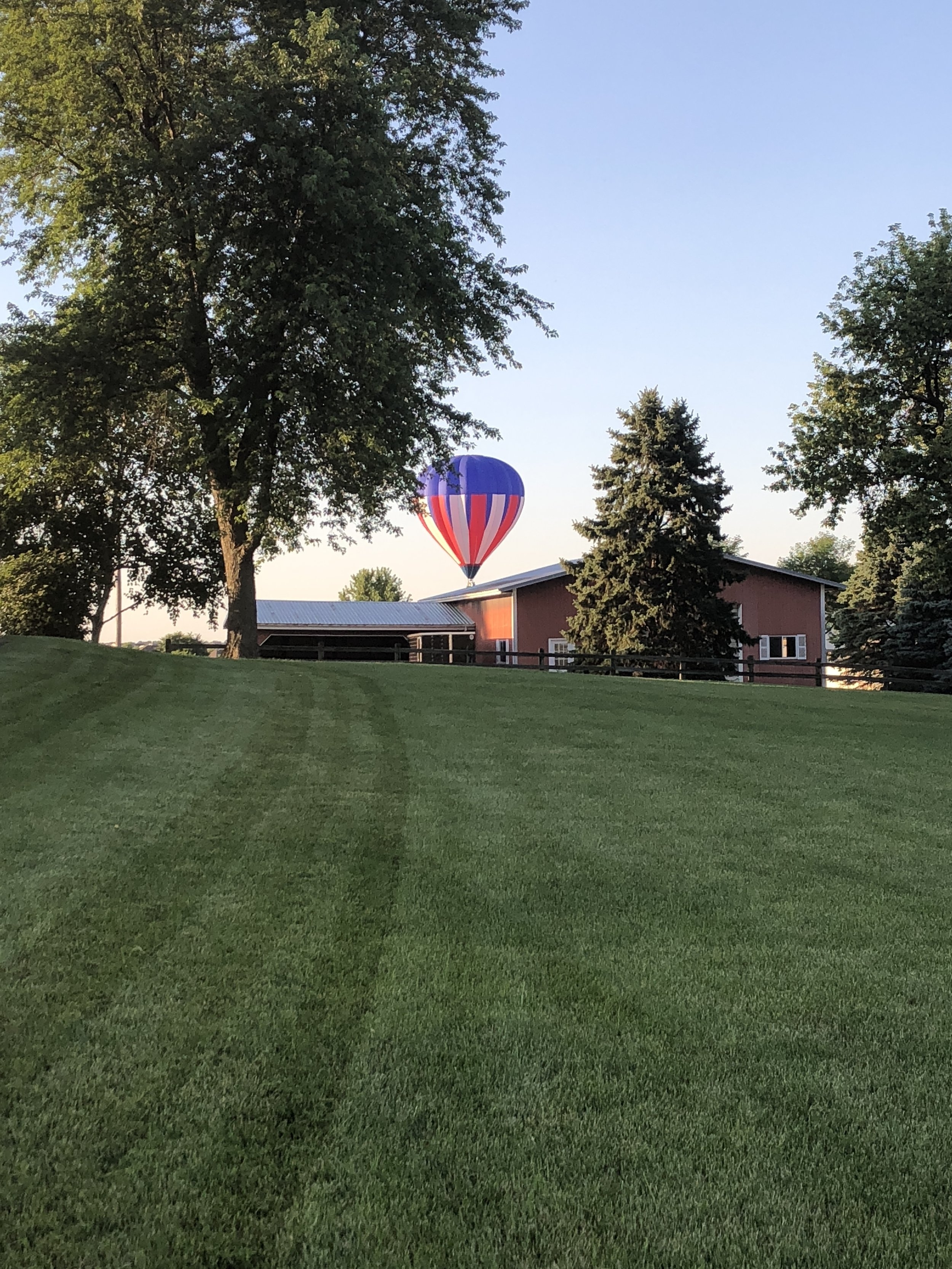
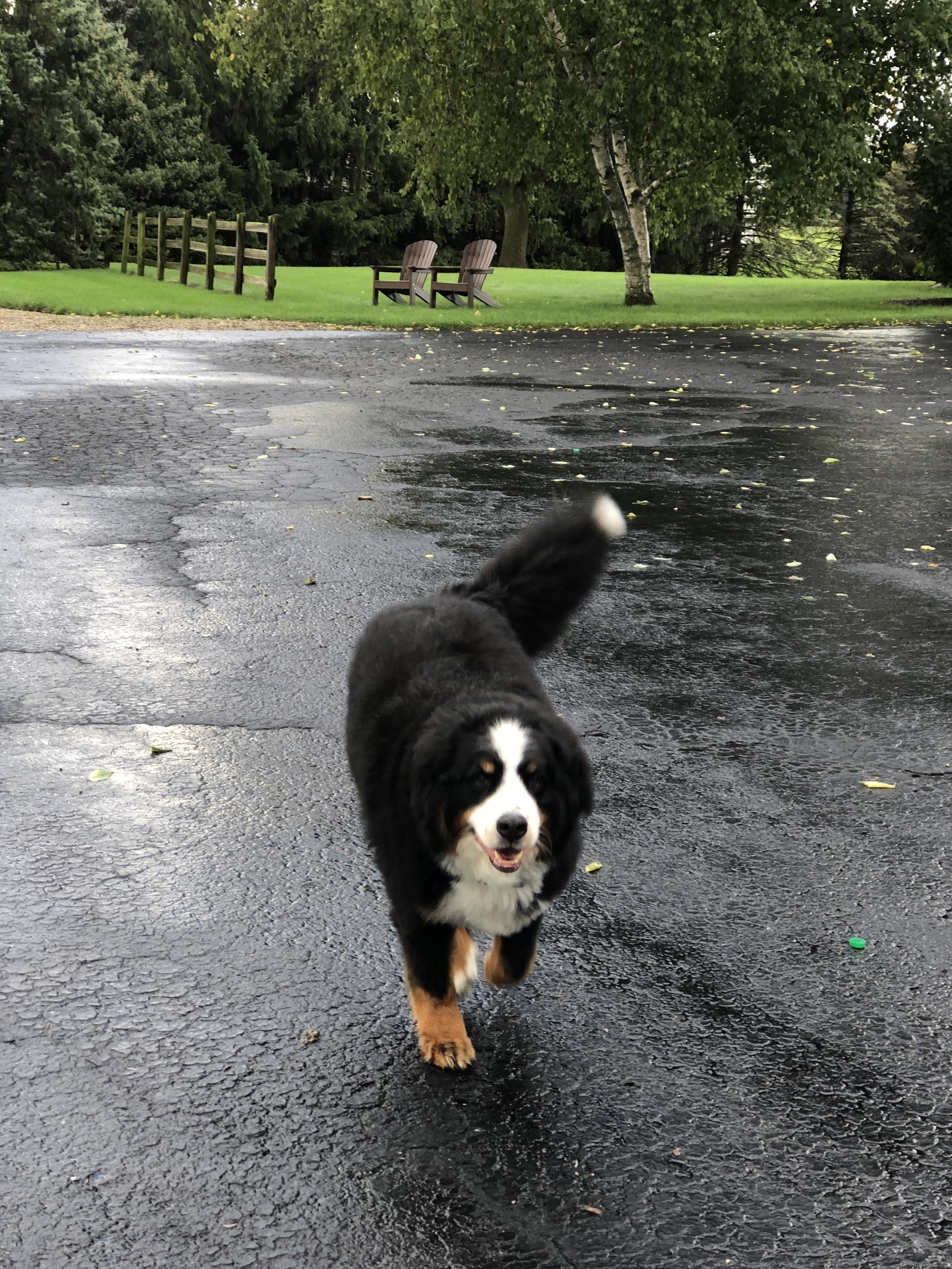
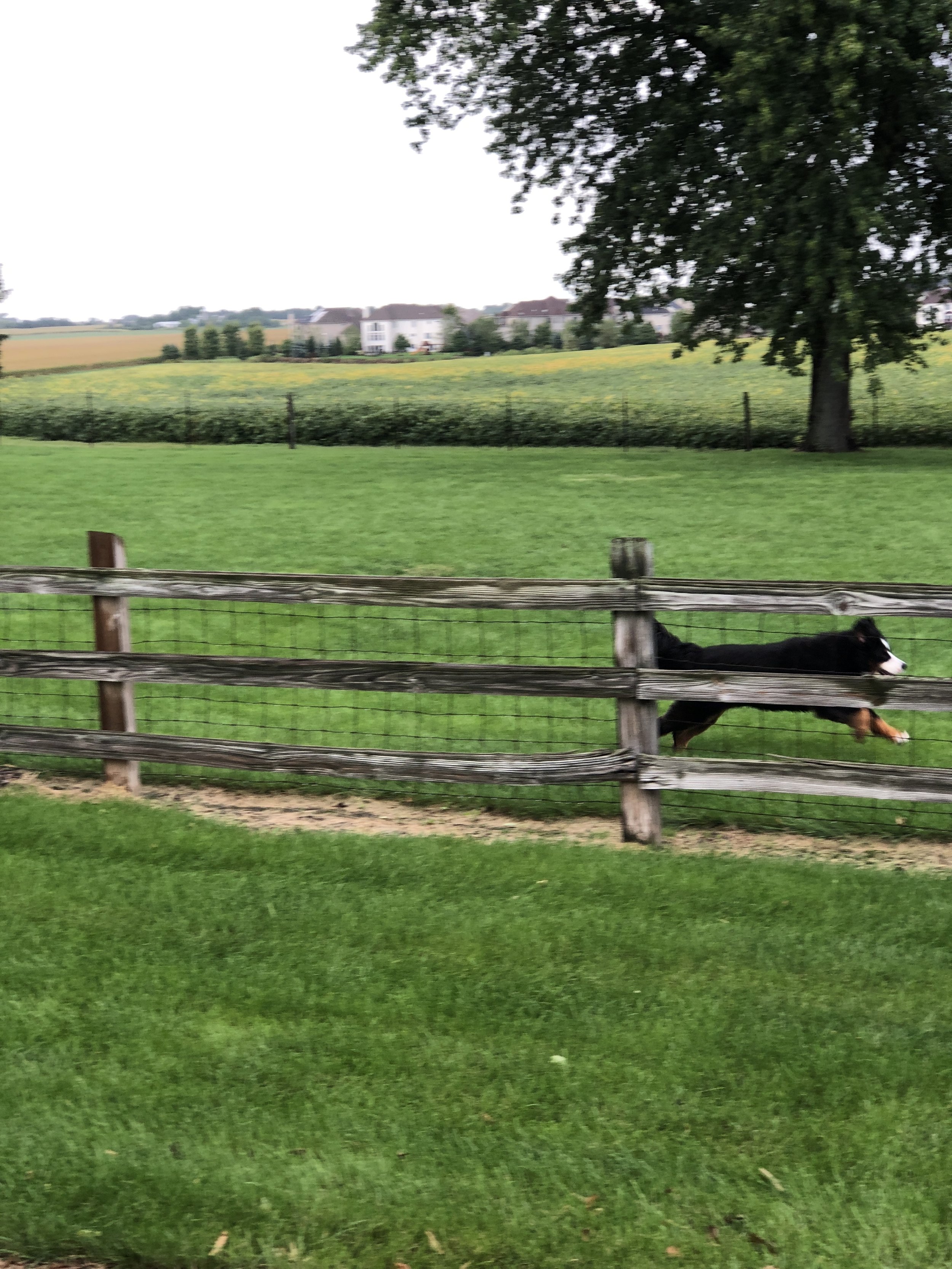


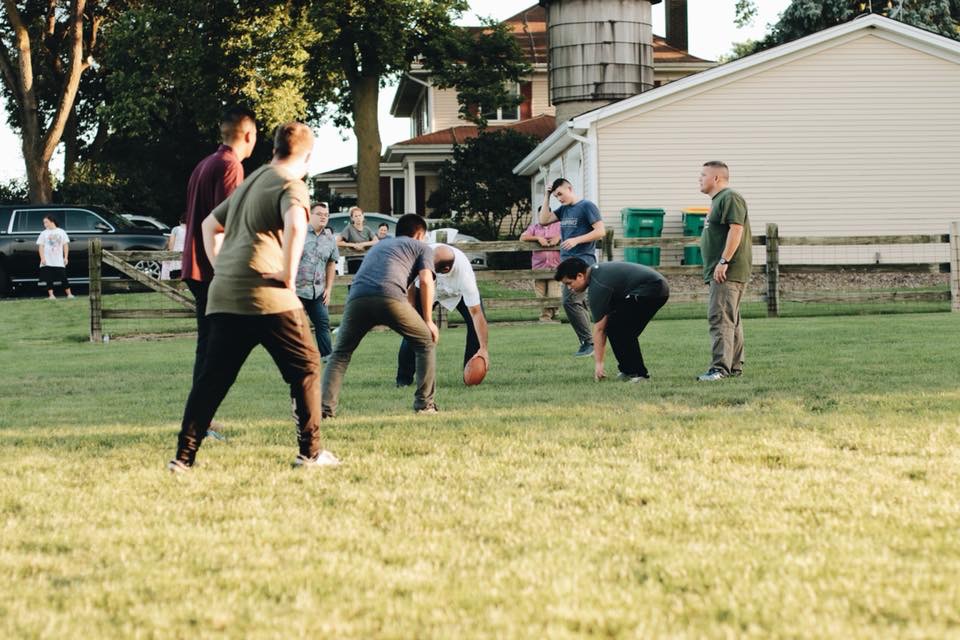
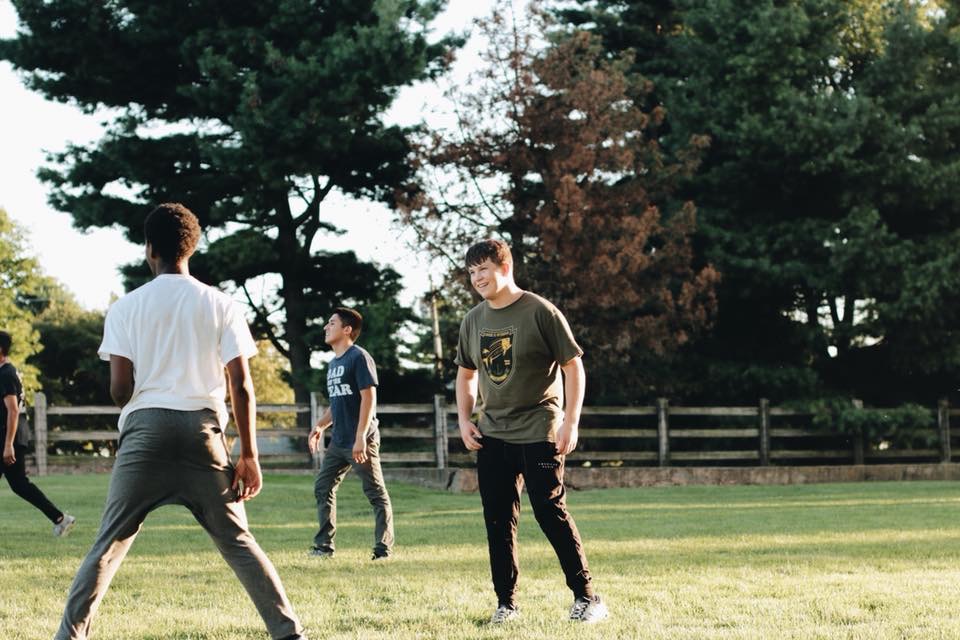
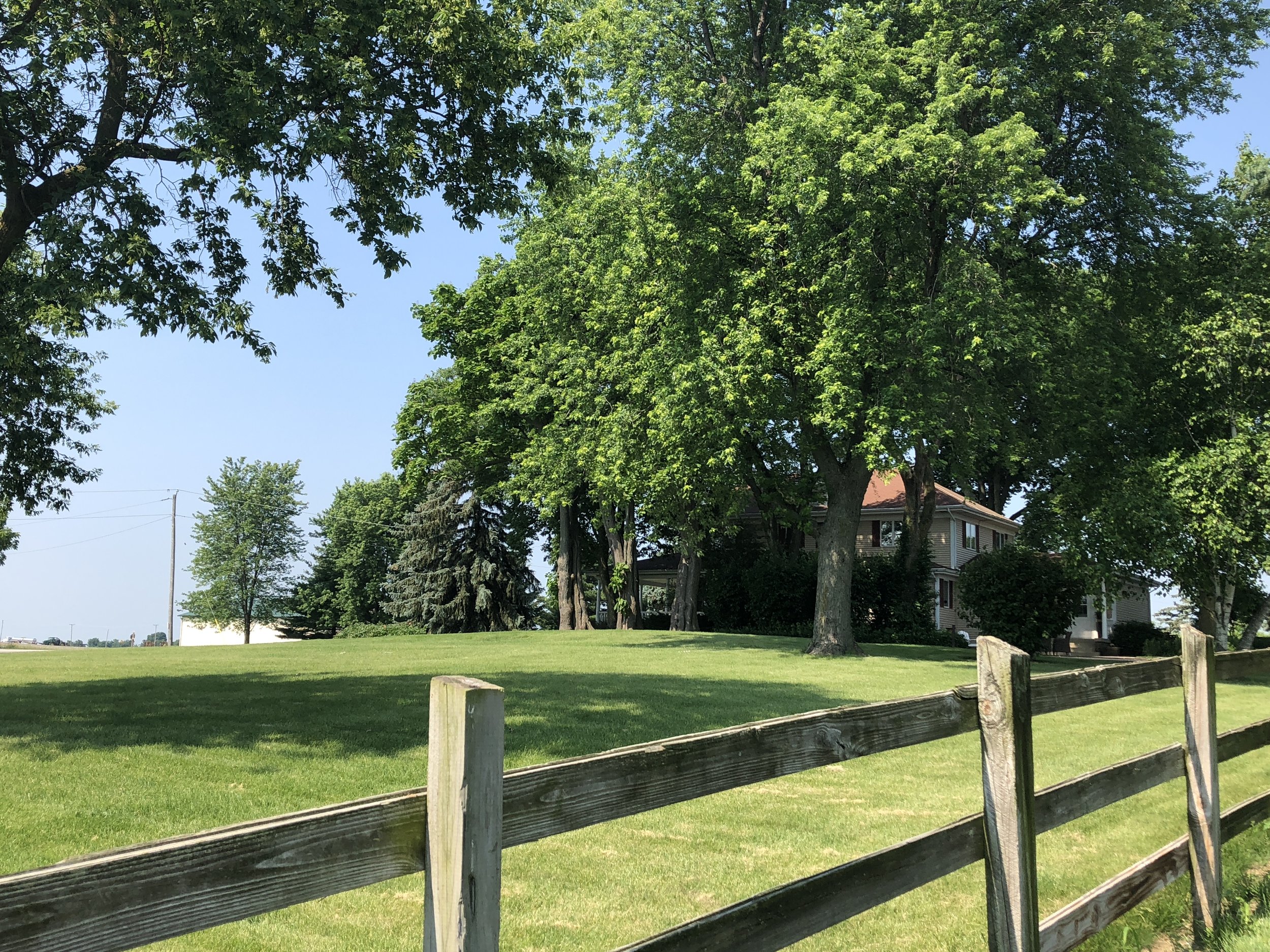

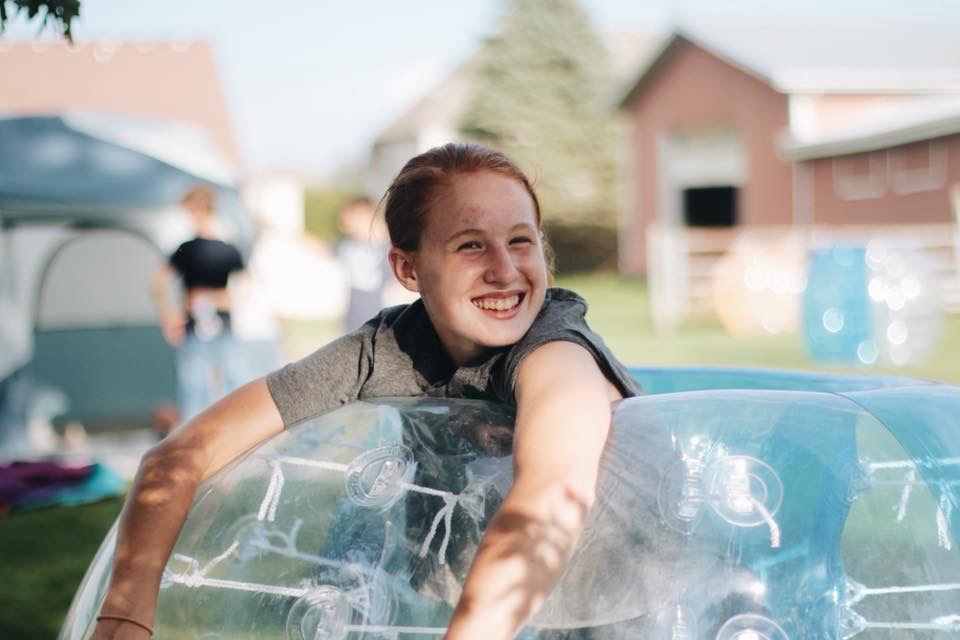
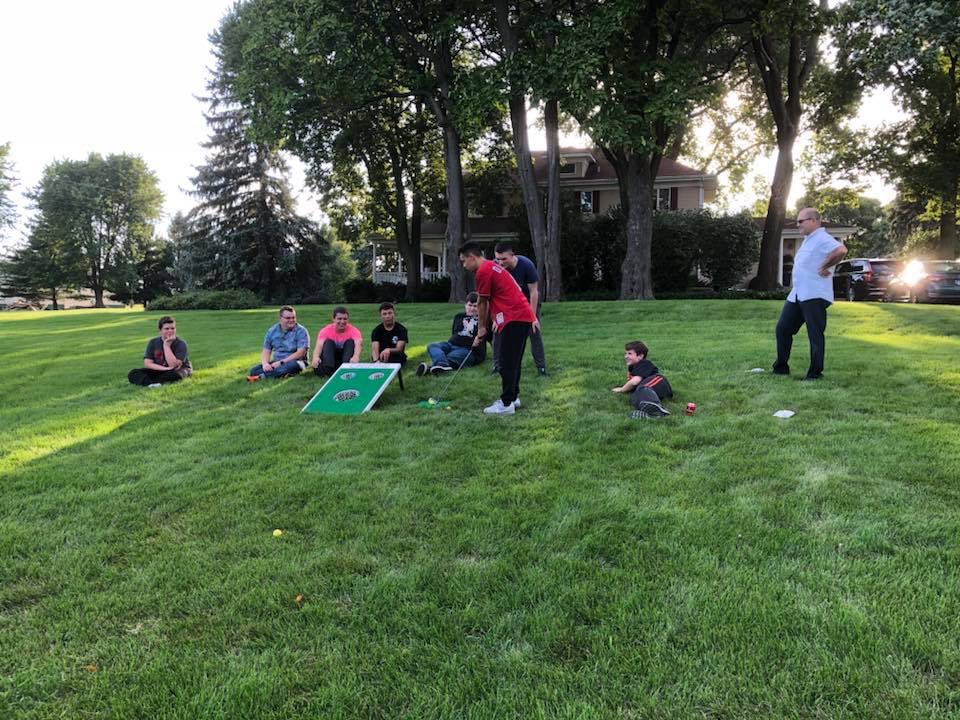
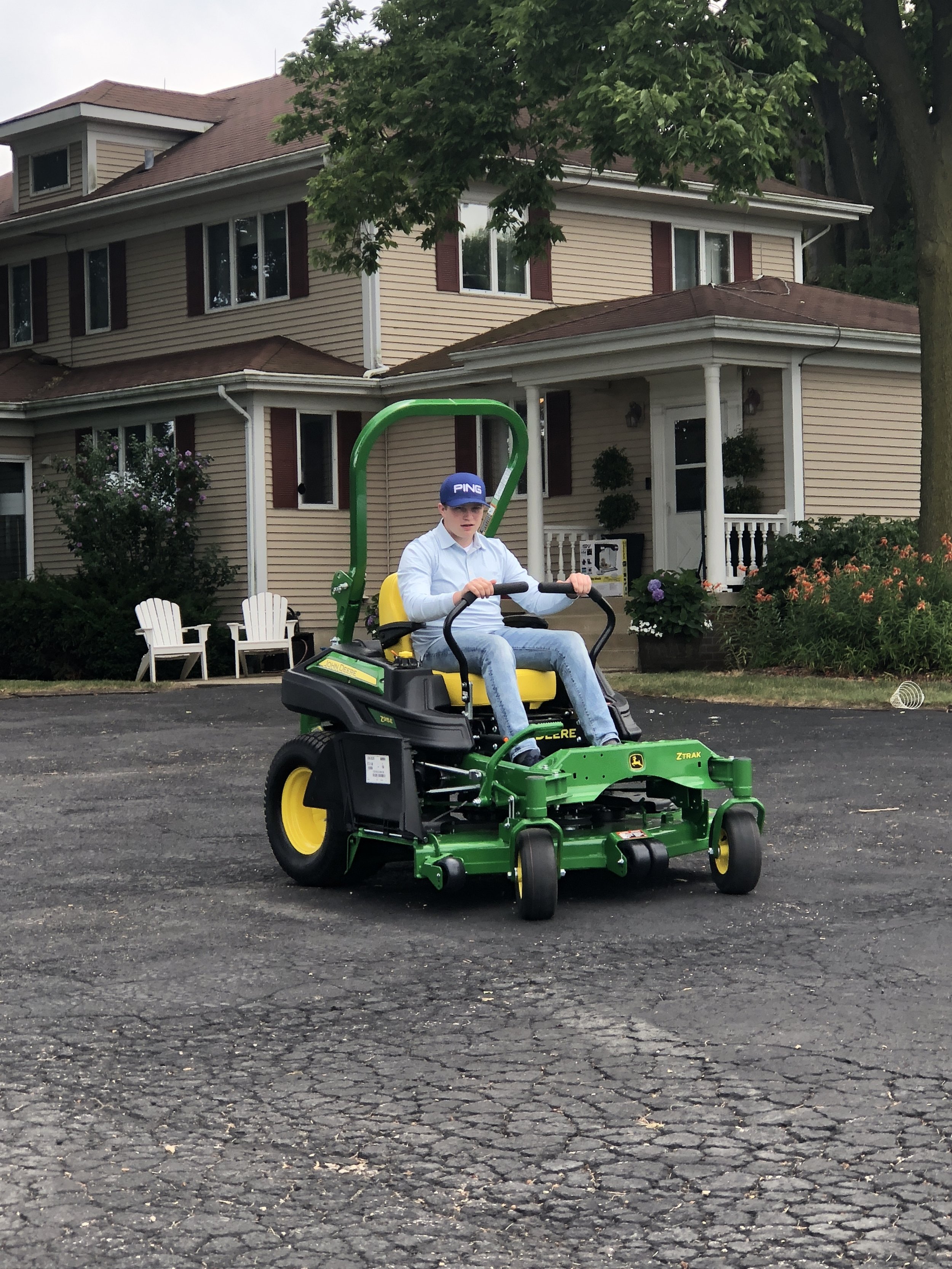
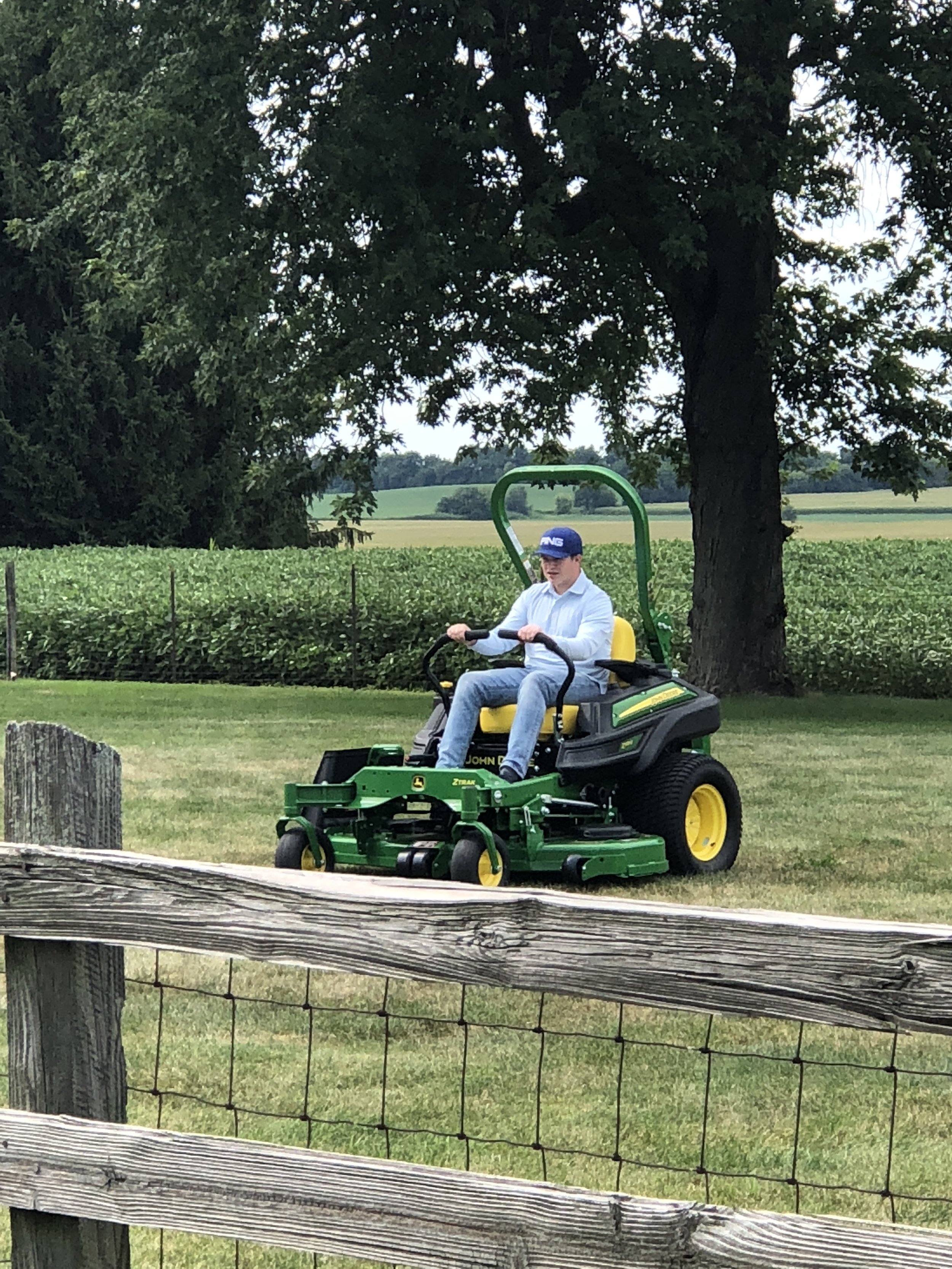
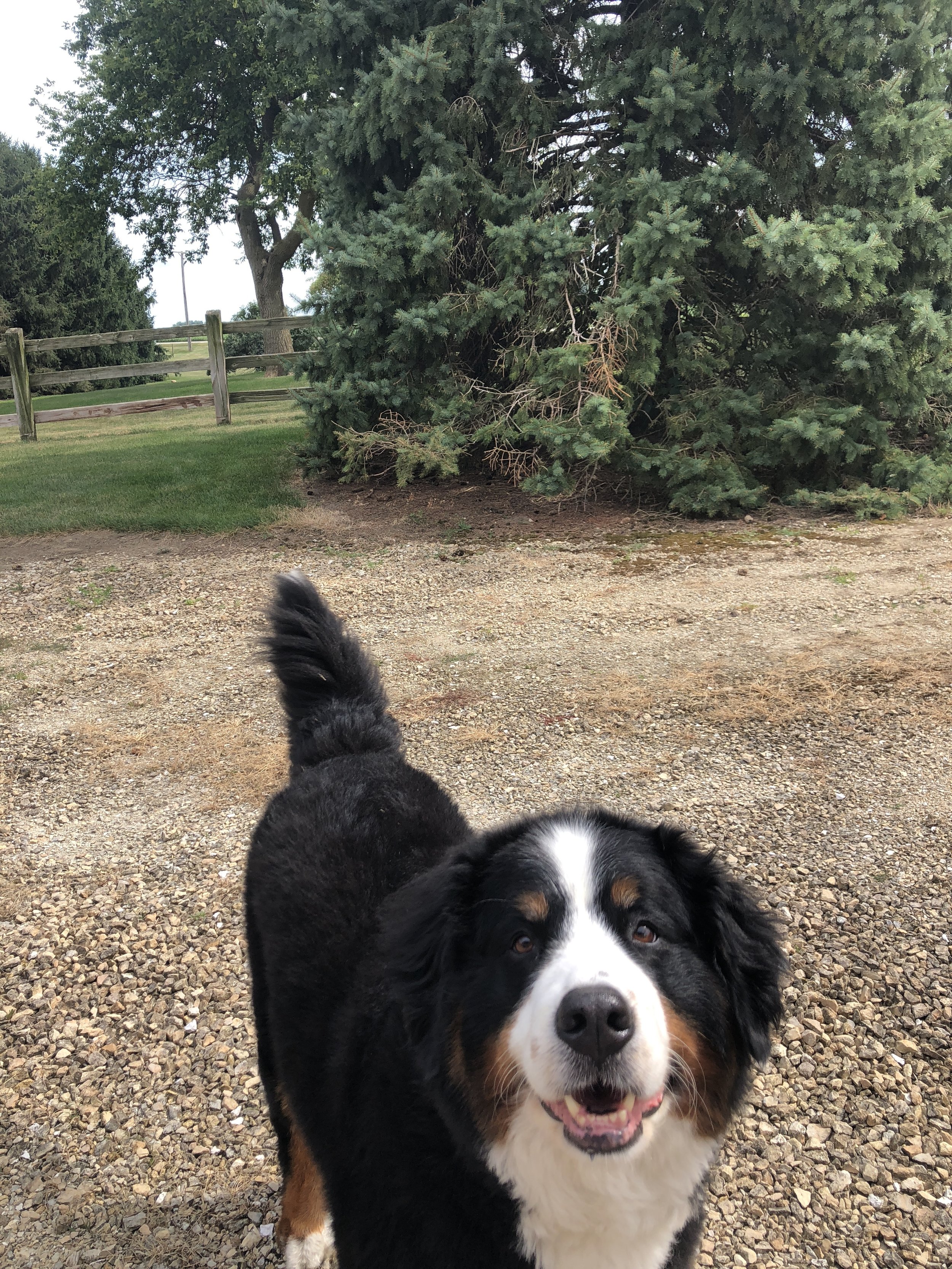
Above: scenes from our farmette.
We’ve got plans to root ourselves in at our little farm. We’re planning on a big garden next year, and pondering whether we’re animal people. Chickens have the most votes to date. There is work involved in maintaining this place like it is. It’s likely to be even more demanding when it’s a bit more farm and little less land. I'm okay with that.
Jeremy T.K. Farley, publisher of Appalachian Magazine, laments, “We’ve been off the farm too long.” Do tell, Jeremy.
“Farm work is dirty, tiring, sometimes cruel and always difficult; which is exactly why the percentage of Americans who engage in this work has declined with every generation. Yet, it was this type of upbringing that allowed a nation to produce men and women who pulled together to fend off the forces of Hell in the Second World War, explore the heavens, eradicate disease and tap the ocean depths.”
That’ll preach, y’all.
Farley was raised on a 200-acre cattle farm, to which he contributes his considerable thick skin, common sense, and appreciation for the earth and its Creator. I wouldn't hate it if my boy ended up with those same qualities.
There is hope. Kids come out here, and are moved to put down electronics to drive the tractor. Some like to load up stuff in the Gator for the burn pile. Sometimes, they just hang out in the feed shed, eating homemade ice cream. I call that a win.
Whatever unfolds here on our farmette, I hope Easton appreciates the freedom he has to be a kid on this property, and how fleeting and valuable that freedom really is. I hope he respects the land, and appreciates the bounty that can be coaxed from it, with vision, and effort. I hope he realizes that anything worth having is worth working for, and that sometimes, the work is its own reward. And, I hope that this land so shapes him that he will be able, someday, look back at this little piece of property and call it "the land that raised me.".
Our pasture at dusk
